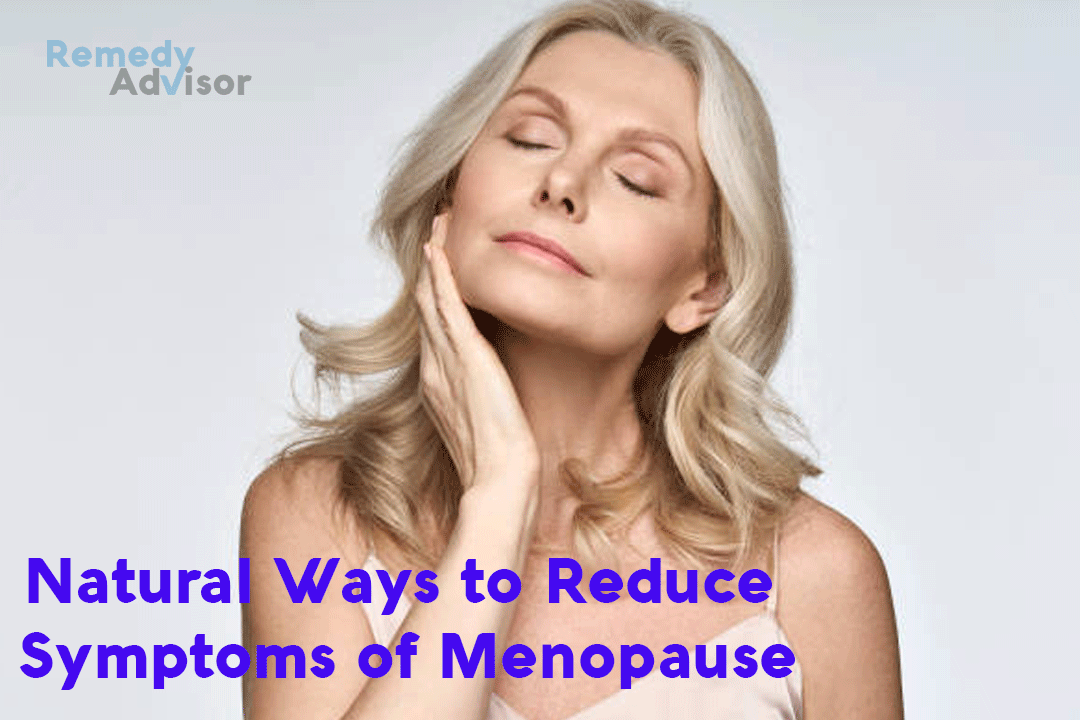Most women alive today will spend more than a third of their lives in their postmenopausal years. Menopause is often associated with uncomfortable symptoms like hot flashes, vaginal dryness and mood swings and possibly a heightened risk of heart disease and osteoporosis.
Good news: There are now many ways to minimize the ill effects of menopause.
Lifestyle changes
Without a doubt, the three most important ingredients for health before, during and after menopause are
• Proper diet
Diet can do a great deal to prevent age-related ailments like heart disease, cancer and osteoporosis. By proper, I mean mostly fruits, vegetables and grains, and minimal fat, salt and sugar. If your eating habits aren’t perfect, take a daily multivitamin.
To reduce your risk of osteoporosis, starting at menopause increase your consumption of calcium to 1,500 mg a day. And be sure to get at least 400 international units (IU) of vitamin D from dairy products, vitamin supplements and/or sun exposure. (The skin makes vitamin D when exposed to the sun.)
Vitamin D boosts the body’s absorption of calcium. One cup of milk contains about 300 mg of calcium and 100 IU of vitamin D.
• Exercise
Besides staving off heart disease and osteoporosis, regular workouts improve mood and overall well-being.
Best: “Weight-bearing” aerobic activities like walking, dancing, running and cross-country skiing along with weight lifting. Try to fit in at least three 20-minute sessions a week.
• Good habits
Hot flashes can often be controlled by stopping smoking and limiting intake of alcohol, caffeine and spicy foods.
Alternatives to hrt
If you choose not to go on hormone replacement therapy (HRT), there are other options for relieving problems associated with menopause
• Alendronate (Fosamax)
When approved by the FDA, this drug was the first nonhormone remedy for osteoporosis. In two large studies, alendronate was given in conjunction with daily calcium supplements. Result: Bone density increased by 8% at the hip and spine. The rate of fractures fell by 63%.
• Calcitonin-salmon (Miacalcin)
This nasal spray is another option for osteoporosis. It’s good for women who are more than five years past menopause and who have low bone mass. Two two-year studies have proven that the drug quickly increases bone mineral density in the spine, more slowly in the forearm or hip. For maximum effectiveness, it must be taken with at least 1,000 mg of calcium and 400 IU of vitamin D a day.
• Progestin
If your only problem is hot flashes, oral progestin (without estrogen) may help. But it won’t help other menopause symptoms and it may boost your risk of heart disease.
• Relaxation
Biofeedback, deep breathing, yoga and meditation can all be used to reduce the intensity of hot flashes.
• Vaginal lubricants
If you experience vaginal discomfort during intercourse, Replens or K-Y Jelly can help. Also helpful: Having sex on a regular basis.
A promising treatment
The combination of a twice-daily slow release fluoride tablet and 400 mg of calcium has been shown to reduce spinal fractures by 70% among women suffering from osteoporosis and build bone mass in the hip and spine at the rate of 2% to 6% a year.
Unproven remedies
Some doctors believe that mega doses of vitamins E and C reduce menopause symptoms and cut the risk of heart disease and cancer. Vitamin E may also relieve hot flashes and vaginal dryness. However, their role in treating menopause symptoms remains unproven, especially when taken in supplement form. I don’t recommend them.
Likewise, there’s a lot of hype about herbal remedies like dong quai, sarsaparilla, red clover or damiana but there’s no evidence that any of these work.







